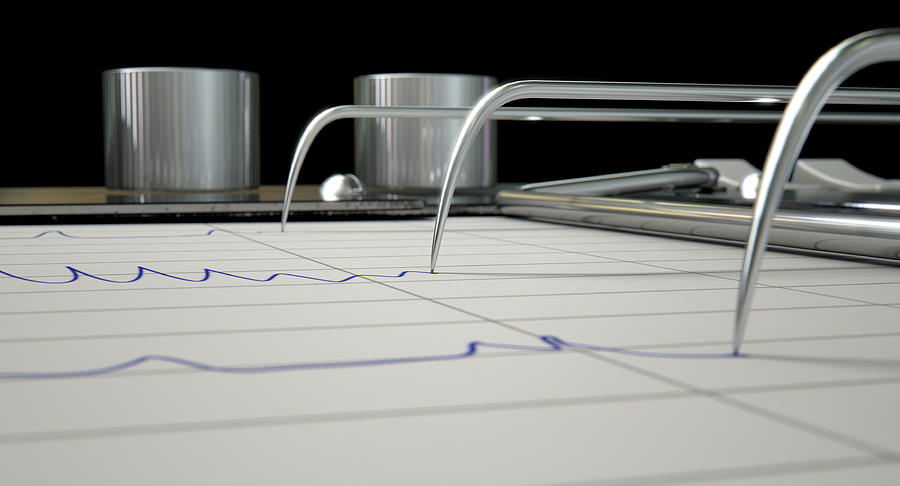Unmasking the Truth: The Power of the Lie Detector Test
Unmasking the Truth: The Power of the Lie Detector Test
Blog Article

Welcome to a revealing exploration of the profound impact of the lie detector test. Within the realm of detecting deception, this tool has long been a subject of fascination and controversy. The ability of a machine to purportedly uncover the truth hidden in a person's words and physiological responses has intrigued both skeptics and believers alike. Whether hailed as a boon to justice or criticized for its fallibility, the lie detector test holds a unique place in our collective understanding of truth-seeking and truth-telling.
History of Lie Detector Tests
In the early 20th century, the concept of detecting deception through physiological responses gained attention. This laid the foundation for what we now know as lie detector tests. The first rudimentary polygraph machine was developed by John Augustus Larson in the 1920s.
Throughout the years, advancements in technology refined the accuracy and reliability of lie detector tests. Researchers expanded the use of various physiological indicators, such as changes in heart rate, blood pressure, and skin conductivity, to determine truthfulness. These developments led to the modern polygraph's multi-channel systems that record different physiological responses simultaneously.
Despite ongoing debates about their reliability, lie detector tests have become a common tool in criminal investigations and employment screening. The history of lie detector tests reflects both the intrigue and controversy surrounding the use of technology to uncover deception.
How Lie Detector Tests Work
Lie detector tests, also known as polygraphs, operate on the principle that physiological responses can indicate deception. The test measures various bodily reactions such as heart rate, blood pressure, respiration, and skin conductivity to determine if a person is being truthful or deceptive.
During a lie detector test, the examinee is connected to sensors that monitor their physiological responses to a series of questions. These sensors are attached to the person's body, typically on the fingers, chest, and abdomen. As the questions are asked, the machine records changes in the examinee's physiological responses.
The examiner analyzes the data collected during the lie detector test to determine if there were significant variations in the examinee's physiological responses when answering specific questions. These variations are interpreted as indicators of deception, and the results are used to assess the truthfulness of the examinee's statements.
Accuracy and Controversies
Lie detector exam
When it comes to the accuracy of lie detector tests, opinions are divided. Proponents argue that these tests can accurately detect deception through physiological responses like changes in heart rate and sweating. However, critics point out that factors such as anxiety or nervousness can trigger false positives, leading to inaccuracies in the results.
One of the main controversies surrounding lie detector tests is their admissibility in legal proceedings. While some jurisdictions allow polygraph results as evidence in court, others deem them unreliable and inadmissible. This ongoing debate highlights the need for more research and standardization in the field of polygraph testing to ensure consistent and accurate results.
Despite the controversies, lie detector tests continue to be used in various fields, including law enforcement and employment screening. While they can be a tool for uncovering deception, it is important to approach the results with caution and consider them alongside other evidence to ensure fair and just outcomes.
Report this page